Monks and people at the water festival in Savannakhet (Laos)
In Thailand, Songkran festival is the most traditional and important event to welcome the new year, just like Tet Nguyen Dan in Vietnam, usually takes place from April 13 to 15 of the solar calendar. Thai people prepare for Songkran as busily as Vietnamese people in the days before Tet. They focus on cleaning and decorating their houses, shopping for supplies, and cooking traditional delicacies. On the main day (April 14), each family will reunite and give each other the best wishes, then go to the temple together, perform sacred Buddhist rituals such as using scented water to bathe the Buddha, pay respect to monks and pray for good luck. The next day, Thai people will visit relatives, using scented water to sprinkle on the hands of grandparents and elders, showing love and respect according to the hierarchy of the extended family.
The ceremony is like that, but the festival is more exciting. People pour into the streets, tourists also excitedly join in the festival atmosphere with bustling water splashing performances at every street corner. With the concept that water will wash away tiredness and worries, drive away evil spirits, bring vitality and luck. Thai people splash water on each other to wish for good health and well-being, splash water on tourists to strengthen friendship. They believe that the more water is splashed on, the more good things will be received. Big cities such as Bangkok, Phuket, Pattaya, Hua Hin, and especially Chiang Mai all have bustling entertainment activities, combined with street music festivals with dancers performing on mobile vehicles or Songkran beauty contests, even elephants "join the battle" with "unique Thai" water spraying performances.
Monks in Savannakhet (Laos) during the Bunpimay festival
Also in mid-April, Laos celebrates the Bunpimay festival , which is more peaceful but leaves an equally impressive cultural mark. During the 3 days of Tet, Lao people gather at Buddhist temples to perform solemn rituals such as bathing the Buddha or carrying water. They wear traditional costumes with yellow muong and Champa flowers to honor the yellow color - the color of the robes of primitive Buddhism. This yellow color also symbolizes the wishes for good luck at the beginning of the year of the indigenous people. They organize boat racing activities or have fun splashing water in the Bunpimay festival, including splashing water on trees, houses, worshiping objects, livestock, and labor tools to purify bad things, praying for a healthier and more prosperous new year. The capital Vientiane, the ancient capital Luang Prabang, or Vangvieng city of the land of a million elephants become the most vibrant on such April days.
Cambodia also attracts tourists with its unique Water Festival, also known as Chol Chnam Thmey (“Chol” means “Entering”, “Chnam Thmey” means “New Year”), which represents the spiritual values imbued with the identity of the people of the land of pagodas. They also organize street festivals to splash water on each other, instead of wishes carrying messages of luck and harmony. In addition, Cambodia cleverly organizes special activities such as rice offering ceremonies, sand stupa building ceremonies, or performing graceful and noble Apsara dances, as a way to promote its Intangible Cultural Heritage recognized by UNESCO. Not only that, street food festivals introducing traditional Khmer dishes such as beef stir-fried with ants, crab stir-fried with tamarind, red curry, etc. make the traditional New Year's mark even more attractive. In Vietnam, the Khmer community also enthusiastically welcomes the New Year according to this traditional calendar.
Myanmar people have many traditional activities during Thingyan festival.
And finally, it is impossible not to mention the Thingyan water festival of Myanmar with its epic origin story. The story tells that the god Indra and the god Brahma argued about astrology with the condition that whoever lost would lose their head. God Indra won the contest but could not throw Brahma's head into the sea for fear of drying up the water, could not throw it on the ground for fear of the ground cracking, so he gave it to the Nats (protective gods of the Myanmar people) to take turns carrying. Therefore, every traditional New Year is the time when Brahma's head is transferred from one Nat to another, and it is also the time when the people of Myanmar send their wishes for peace and happiness to the gods. Through the water festival, folk beliefs combined with fun activities regardless of age or gender strengthen the warm feelings of the local people as well as tourists . Another noteworthy point in Myanmar is the hot air balloon festival in the ancient capital of Bagan, which usually ends around mid-April. Tourists can combine the Thingyan festival with a visit to Bagan to watch the sunrise of hot air balloons flying over the background of thousands of ancient temples and pagodas, as beautiful as fairy tales.
No matter where they are or what they are called, the Asian New Year days of Thailand, Laos, Cambodia or Myanmar all carry a profound humanistic philosophy that is very attractive and exciting.
Source: https://heritagevietnamairlines.com/tet-te-nuoc-buc-tranh-van-hoa-da-sac/


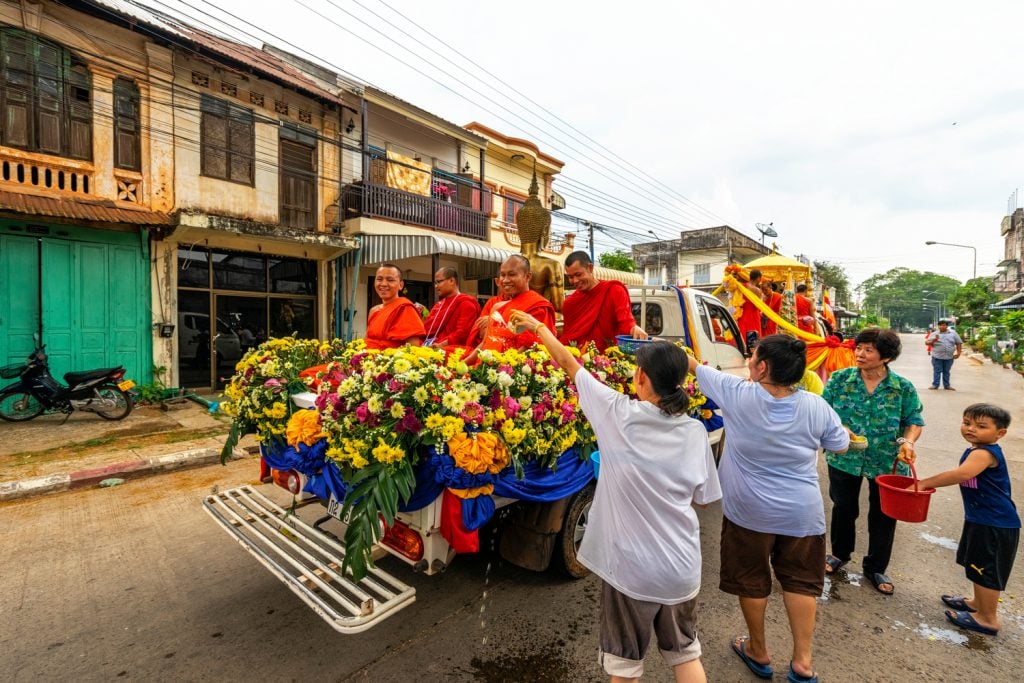
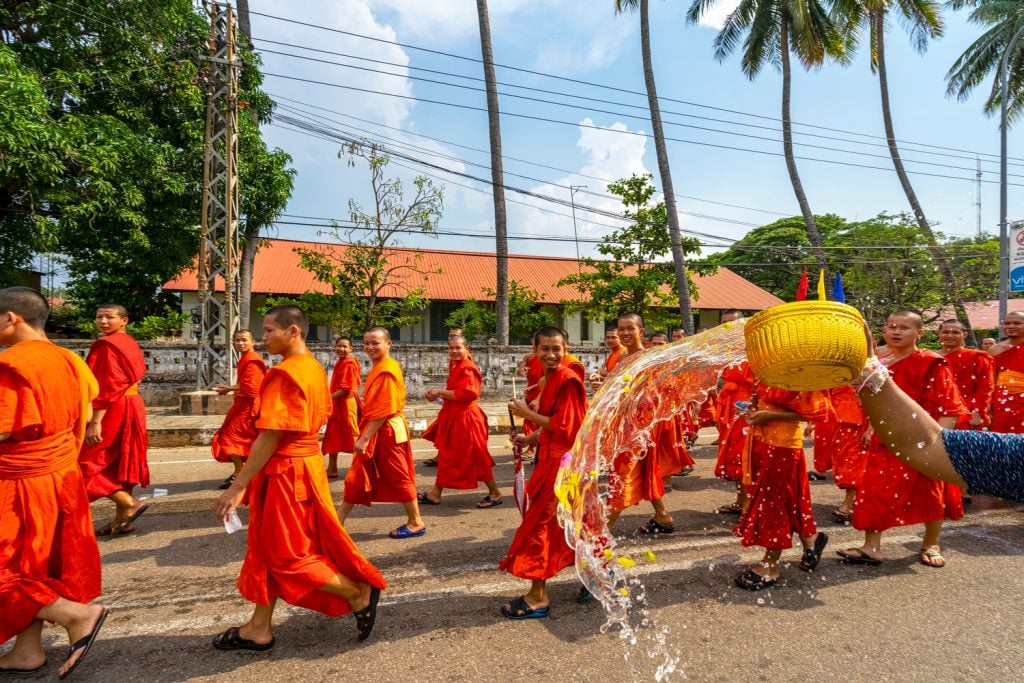
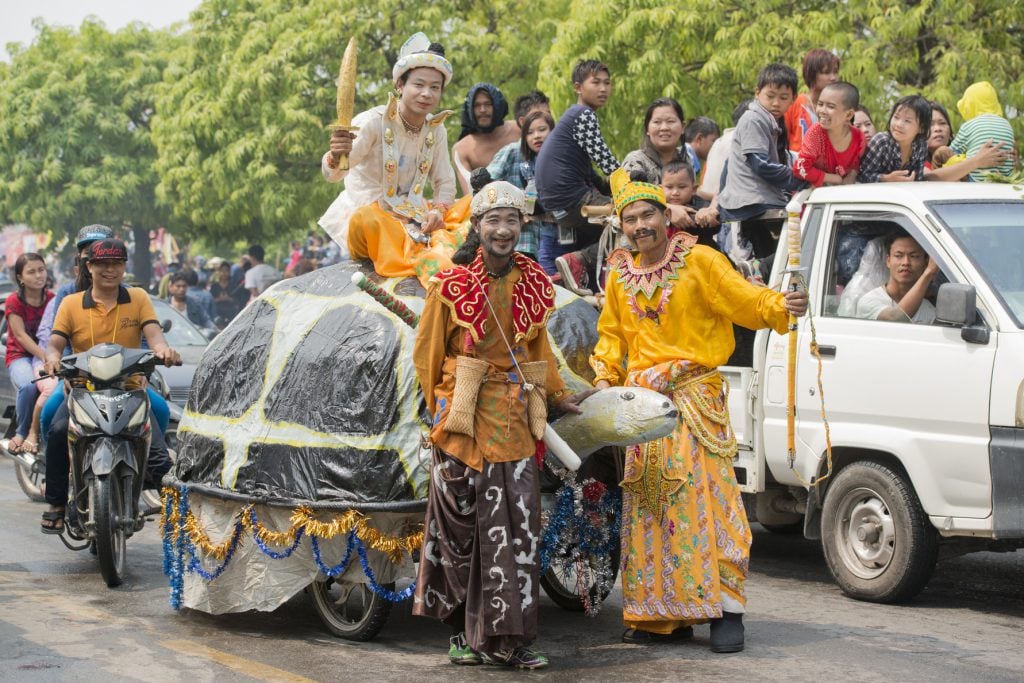

![[Photo] Prime Minister Pham Minh Chinh chairs meeting to deploy overcoming consequences of storm No. 10](https://vphoto.vietnam.vn/thumb/1200x675/vietnam/resource/IMAGE/2025/10/3/544f420dcc844463898fcbef46247d16)




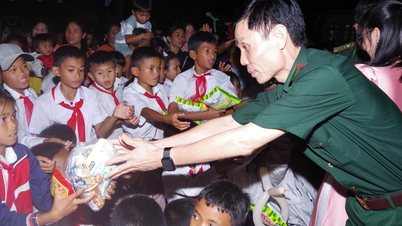

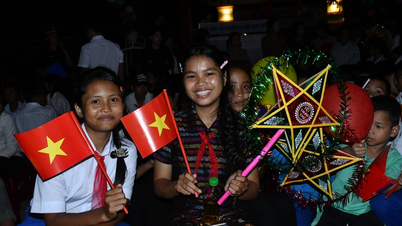

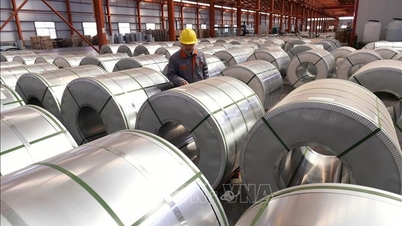

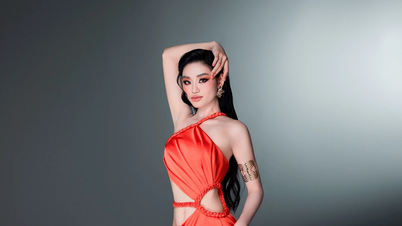


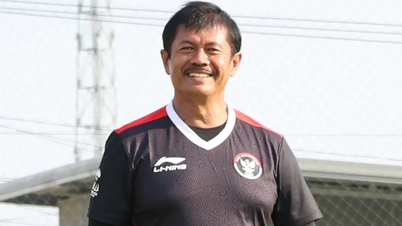

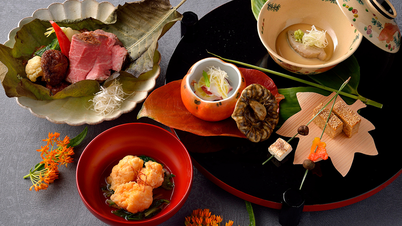



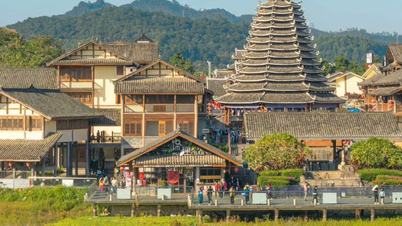
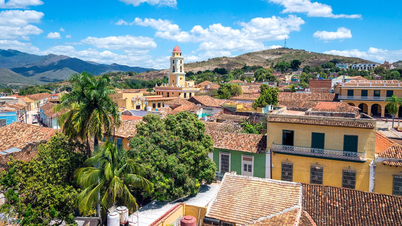




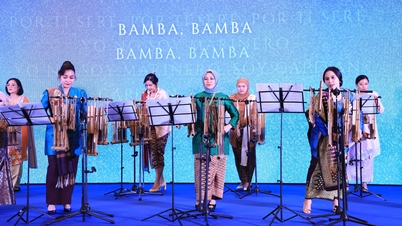
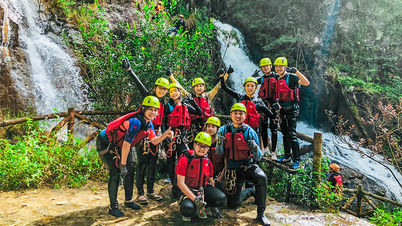

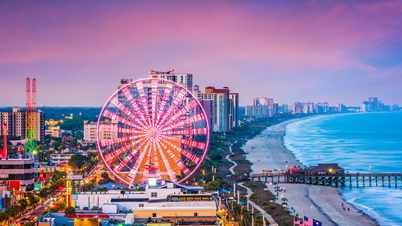
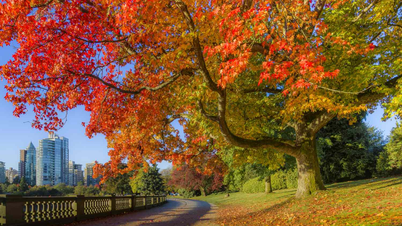
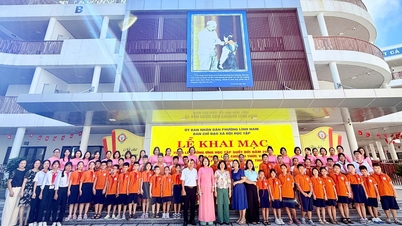
![[Photo] Binh Trieu 1 Bridge has been completed, raised by 1.1m, and will open to traffic at the end of November.](https://vphoto.vietnam.vn/thumb/1200x675/vietnam/resource/IMAGE/2025/10/2/a6549e2a3b5848a1ba76a1ded6141fae)








































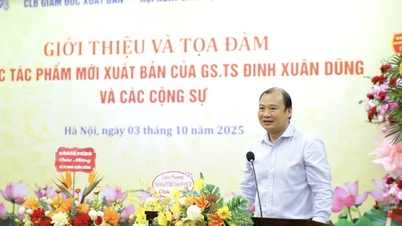
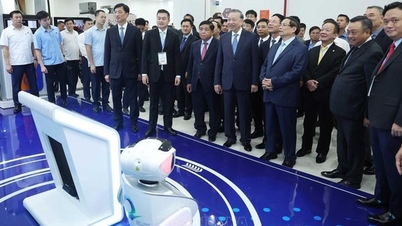


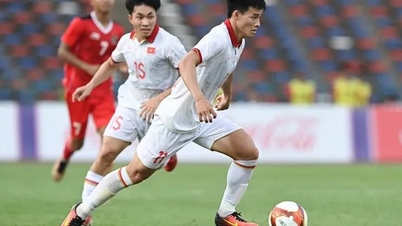
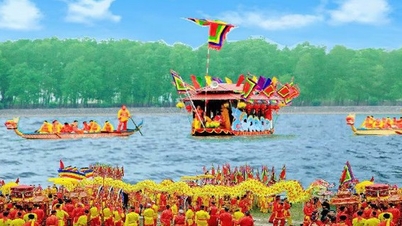
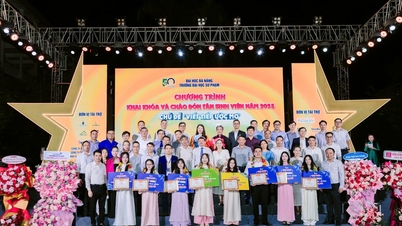

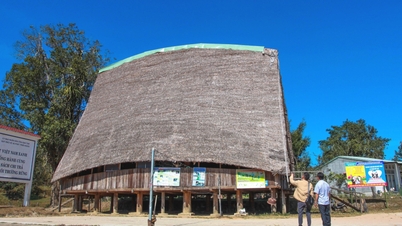

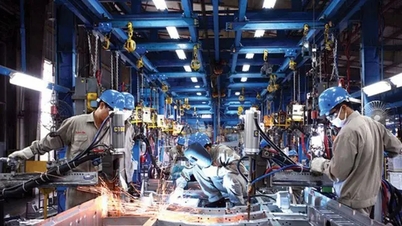
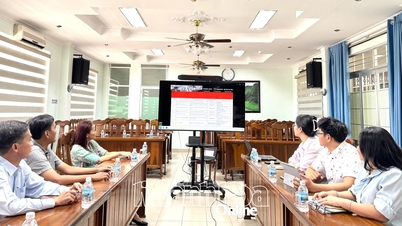

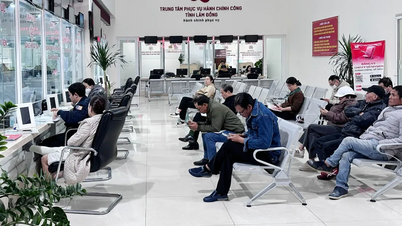
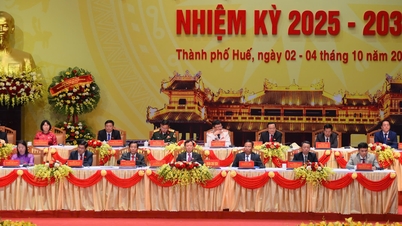













Comment (0)